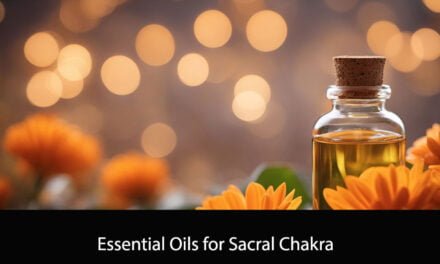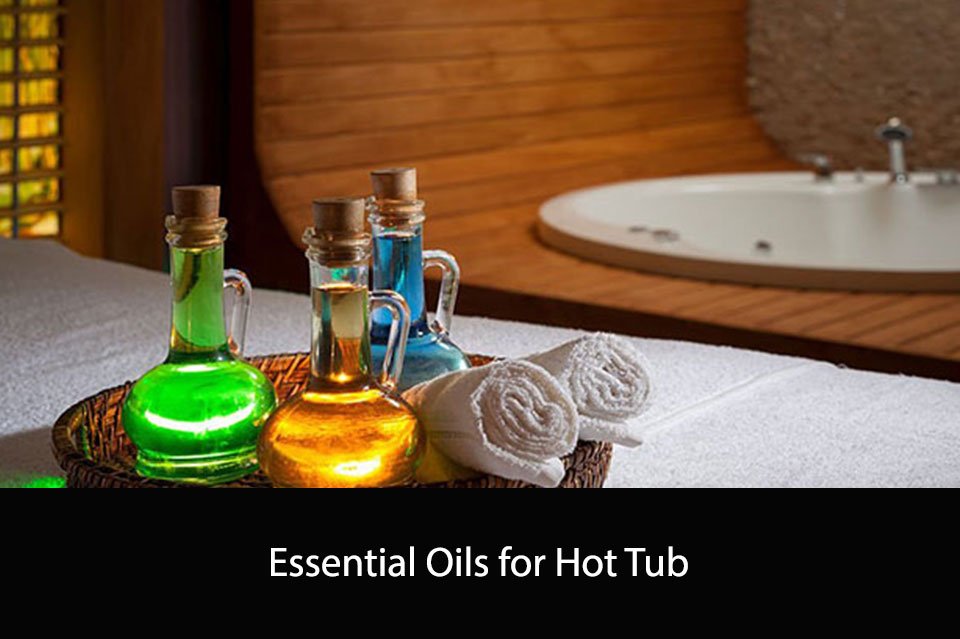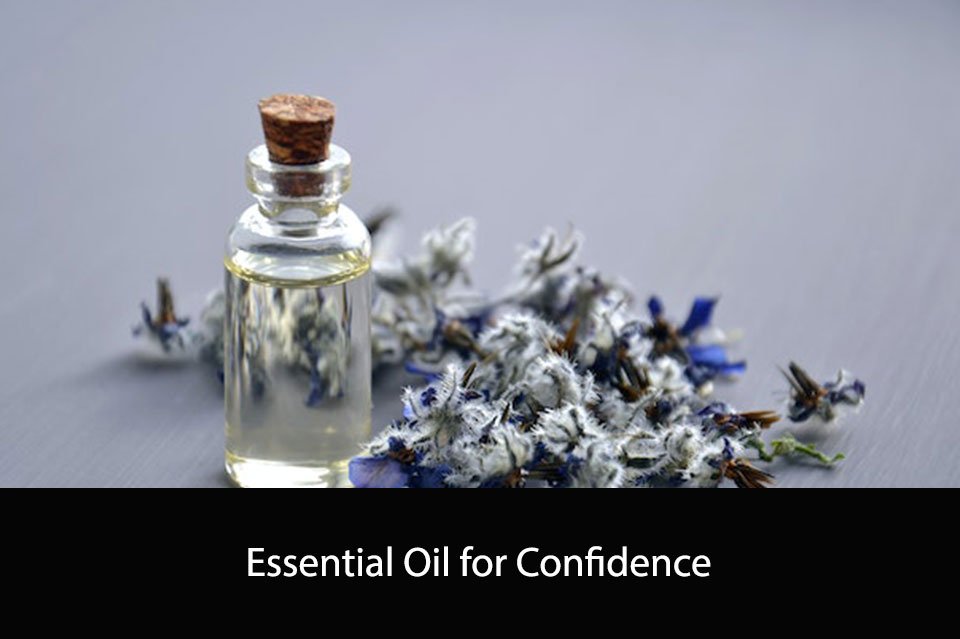Essential oils have been used for centuries for various medicinal purposes, including treating blisters. Blisters can be caused by friction, burns, or exposure to chemicals, and can be painful and uncomfortable. While there are many over-the-counter treatments for blisters, some people prefer to use natural remedies like essential oils.
Essential oils are highly concentrated plant extracts that contain the natural fragrance and healing properties of the plant. Some essential oils have anti-inflammatory and antiseptic properties that can help reduce swelling, redness, and pain associated with blisters. They can also help promote healing and prevent infection. In this article, we will explore some of the best essential oils for treating blisters and how to use them safely and effectively.
Understanding Essential Oils
Definition and Extraction
Essential oils are highly concentrated plant extracts that are obtained through various extraction methods such as steam distillation, cold pressing, and solvent extraction. These oils are derived from different parts of plants such as leaves, flowers, stems, roots, and fruits.
The extraction process is crucial in determining the purity and quality of essential oils. High-quality essential oils are extracted using natural methods and are free from synthetic additives.
Properties and Benefits
Essential oils possess various properties that make them useful for different purposes. They have antiseptic, anti-inflammatory, antifungal, and antibacterial properties that make them effective in treating various skin conditions, including blisters.
Tea tree oil, for instance, is a potent antiseptic and anti-inflammatory oil that is effective in treating blisters caused by burns, insect bites, and other skin irritations. Lavender oil is another essential oil that is known for its antibacterial and anti-inflammatory properties, making it effective in treating blisters caused by sunburns and minor cuts.
Essential oils can be used topically by diluting them with carrier oils such as coconut oil, jojoba oil, or almond oil. It is important to note that essential oils should be used with caution and under the guidance of a qualified aromatherapist or healthcare provider.
In conclusion, understanding essential oils is crucial in determining their effectiveness in treating various skin conditions, including blisters. The properties and benefits of essential oils make them a natural alternative to conventional treatments.
Blisters Overview

Blisters are fluid-filled bumps that form on the skin due to friction, burns, or other injuries. They are a common problem that can cause pain, discomfort, and inconvenience. In this section, we will discuss the causes of blisters and provide some tips for preventing them.
Causes of Blisters
Blisters can be caused by a variety of factors, including:
- Friction: When the skin rubs against another surface, it can cause blisters to form. This can happen when wearing ill-fitting shoes, using tools, or playing sports.
- Burns: Exposure to heat, chemicals, or radiation can cause blisters to form on the skin.
- Infections: Certain infections, such as herpes simplex virus and chickenpox, can cause blisters to form.
- Medical conditions: Some medical conditions, such as eczema and dermatitis, can cause blisters to form on the skin.
Prevention Tips
To prevent blisters from forming, you can take the following steps:
- Wear comfortable shoes that fit well and provide adequate support.
- Use gloves when using tools or performing tasks that involve repetitive hand motions.
- Apply a lubricant, such as petroleum jelly, to areas of the skin that are prone to blistering.
- Keep your skin clean and dry to prevent infections.
- Avoid exposing your skin to extreme heat or chemicals.
By following these tips, you can reduce your risk of developing blisters and enjoy healthier, more comfortable skin.
Best Essential Oils for Blisters
When it comes to treating blisters, essential oils can be a natural and effective solution. Here are some of the best essential oils for blisters:
Tea Tree Oil
Tea tree oil has natural antiseptic properties that can help prevent infection in blisters. It also has anti-inflammatory properties that can help reduce swelling and pain. To use tea tree oil for blisters, mix a few drops with a carrier oil like coconut oil and apply directly to the affected area.
Lavender Oil
Lavender oil is known for its calming and soothing properties. It can help reduce pain and inflammation in blisters while also promoting healing. To use lavender oil for blisters, mix a few drops with a carrier oil and apply directly to the affected area.
Chamomile Oil
Chamomile oil has anti-inflammatory and antiseptic properties that can help reduce pain and prevent infection in blisters. It can also help promote healing. To use chamomile oil for blisters, mix a few drops with a carrier oil and apply directly to the affected area.
Eucalyptus Oil
Eucalyptus oil has natural analgesic and anti-inflammatory properties that can help reduce pain and inflammation in blisters. It also has antiseptic properties that can help prevent infection. To use eucalyptus oil for blisters, mix a few drops with a carrier oil and apply directly to the affected area.
Overall, essential oils can be a natural and effective way to treat blisters. However, it’s important to remember that they should never be used as a substitute for medical treatment. If you have a severe or infected blister, be sure to seek medical attention.
Application Methods
Direct Topical Application
Direct topical application of essential oils is the most common method for treating blisters. To apply, simply put a few drops of essential oil directly on the blister and surrounding area. Be sure to dilute the essential oil with a carrier oil if it’s too strong for your skin. Some essential oils that are effective for treating blisters include tea tree, lavender, and peppermint oil.
Compresses
Compresses are another effective way to apply essential oils to blisters. To make a compress, mix a few drops of essential oil with warm water and soak a clean cloth in the mixture. Apply the compress to the blister and leave it on for 10-15 minutes. Repeat this process several times a day until the blister has healed.
Blended with Carrier Oils
Blending essential oils with carrier oils is another effective way to treat blisters. Carrier oils such as coconut oil, jojoba oil, and almond oil help to dilute the essential oil and protect the skin. To make a blend, mix a few drops of essential oil with a carrier oil and apply it to the blister. Repeat this process several times a day until the blister has healed.
Remember to always patch test a small area of skin before applying essential oils to a larger area. If you experience any irritation or discomfort, discontinue use immediately.
Safety and Precautions

When using essential oils for blisters, it is important to take certain safety measures to avoid any adverse effects. Here are some precautions to keep in mind:
Skin Patch Test
Before applying any essential oil to your blister, it is important to perform a skin patch test. This involves applying a small amount of the diluted oil to a small area of skin and waiting for 24 hours to see if any allergic reactions occur. If you experience any redness, itching, or swelling, do not use the oil.
Dilution Ratios
Essential oils are highly concentrated and should never be applied directly to the skin. Always dilute them with a carrier oil such as coconut, almond, or jojoba oil. The ratio of essential oil to carrier oil should be 1-2 drops of essential oil per teaspoon of carrier oil. This will help prevent skin irritation and other adverse reactions.
Possible Side Effects
Although essential oils are generally safe when used properly, there are some possible side effects to be aware of. These may include skin irritation, allergic reactions, and respiratory problems. If you experience any of these symptoms, discontinue use of the oil immediately and seek medical attention if necessary.
By following these safety precautions, you can safely use essential oils to treat blisters and other skin conditions. Remember to always use high-quality, pure essential oils and consult with a healthcare professional if you have any concerns.
Aftercare and Healing
Moisturization
Keeping the blister moisturized is crucial for proper healing. We recommend applying a thin layer of aloe vera gel or coconut oil to the affected area. These natural remedies have anti-inflammatory properties that can help reduce swelling and promote healing. Be sure to apply the moisturizer gently to avoid further irritation.
Bandaging Techniques
Proper bandaging is essential for preventing infection and promoting healing. We suggest using a sterile, non-adhesive bandage or gauze pad to cover the blister. Secure the bandage with medical tape or a self-adhesive wrap. Be sure not to wrap the bandage too tightly, as this can impede blood flow and slow down the healing process.
It’s important to change the bandage daily and keep the blister clean and dry. If the blister pops or breaks open, clean the area with mild soap and water, apply an antibacterial ointment, and cover with a new bandage. If you notice any signs of infection, such as redness, warmth, or pus, seek medical attention immediately.
Remember, proper aftercare and healing techniques can help speed up the healing process and prevent complications. If you have any concerns or questions, consult with your healthcare provider.
When to See a Doctor
If you have a blister that is particularly large, painful, or shows signs of infection, it may be necessary to seek medical attention. Here are some signs that you should see a doctor:
- The blister is larger than a quarter inch in diameter.
- The blister is located on your face, near your eyes, or on your genitals.
- The blister is filled with pus or is oozing fluid.
- The blister is red, warm, or swollen, which may indicate infection.
- You have a fever, which may also indicate infection.
If you have a medical condition that affects your immune system, such as diabetes or HIV, you should also seek medical attention if you develop a blister.
It’s important to note that if you have a blister caused by a burn or a chemical exposure, you should seek medical attention immediately. These types of blisters can be more serious and may require specialized treatment.
Remember, while essential oils can be a helpful tool in treating blisters, they are not a substitute for medical attention when necessary. If you are unsure whether you need to see a doctor, it’s always better to err on the side of caution and seek medical advice.
Frequently Asked Questions

What essential oils are recommended for treating blisters on feet?
For treating blisters on feet, we recommend using tea tree oil, peppermint oil, and lavender oil. These essential oils have anti-inflammatory, antimicrobial, and analgesic properties that can help relieve pain, reduce swelling, and prevent infection.
How can tea tree oil be used effectively for cold sores?
Tea tree oil can be used effectively for cold sores by applying it topically to the affected area. To use tea tree oil, mix a few drops of the oil with a carrier oil such as coconut oil or almond oil, and apply it to the cold sore using a cotton swab. Tea tree oil has antiviral properties that can help reduce the duration and severity of cold sores.
Can lavender essential oil aid in the healing of blisters?
Yes, lavender essential oil can aid in the healing of blisters. Lavender oil has anti-inflammatory and analgesic properties that can help reduce pain and swelling, and promote healing. To use lavender oil for blisters, mix a few drops of the oil with a carrier oil and apply it to the affected area.
What are the benefits of using coconut oil on blisters?
Coconut oil has antimicrobial and anti-inflammatory properties, which makes it a great natural remedy for blisters. Applying coconut oil to blisters can help reduce pain, swelling, and prevent infection. Coconut oil can also help keep the skin moisturized and promote faster healing.
How should peppermint oil be applied to manage cold sores?
To manage cold sores with peppermint oil, mix a few drops of the oil with a carrier oil and apply it to the cold sore using a cotton swab. Peppermint oil has antiviral properties that can help reduce the duration and severity of cold sores. It also has a cooling effect that can help relieve pain and discomfort.
What dilution ratio is safe for applying tea tree oil to cold sores?
A dilution ratio of 1-2% is safe for applying tea tree oil to cold sores. This means that you should mix one to two drops of tea tree oil with one teaspoon of carrier oil such as coconut oil or almond oil. Applying undiluted tea tree oil directly to the skin can cause irritation and allergic reactions.





